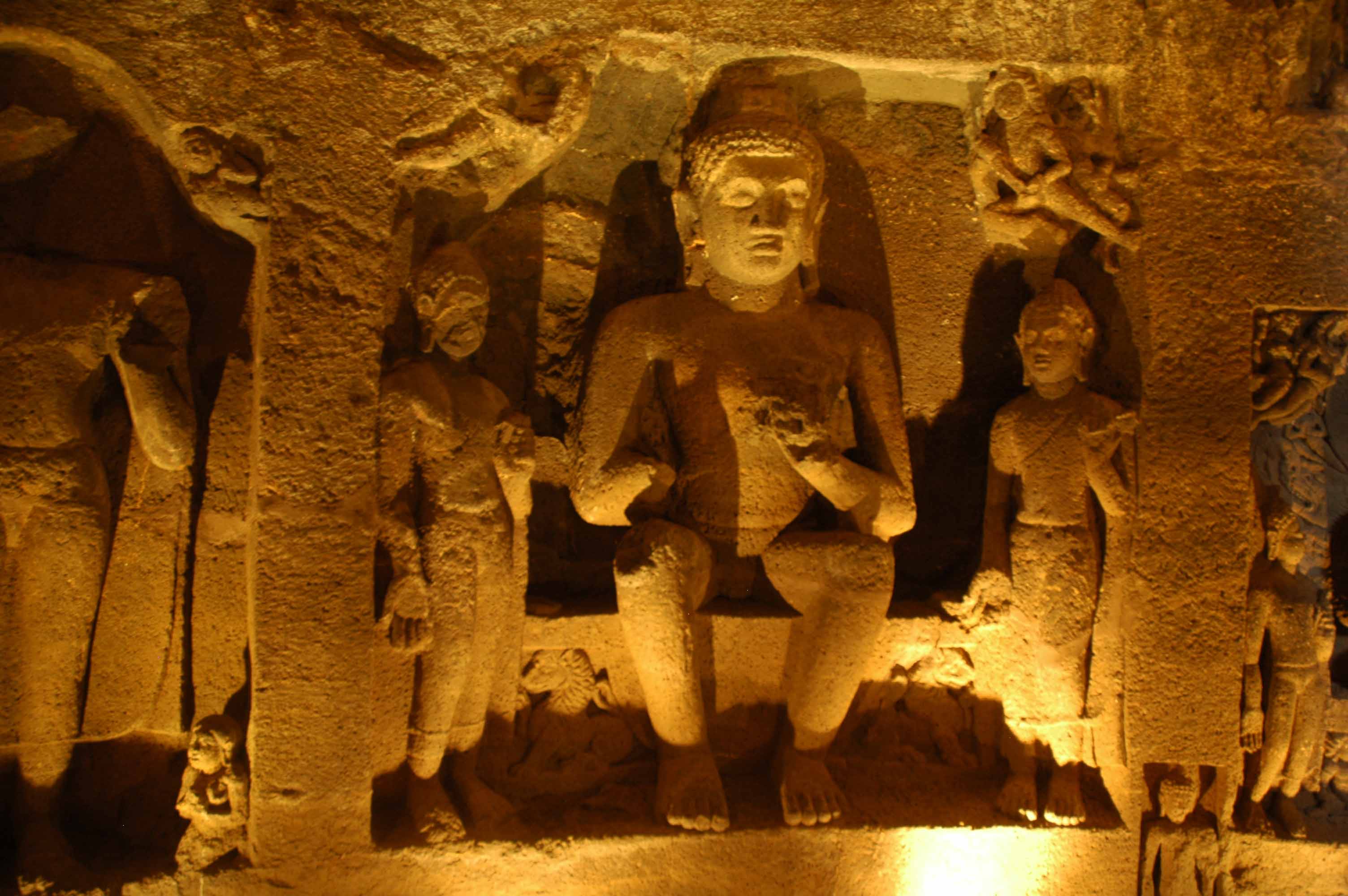
The Ajanta Caves, located in the state of Maharashtra, India, are a breathtaking testament to the ancient art and culture of the Indian subcontinent. Carved into the rocky cliffs of the Waghora River, these caves represent a remarkable fusion of Buddhist religious art and exquisite craftsmanship. Designated as a UNESCO World Heritage Site, the Ajanta Caves date back to the 2nd century BCE and continue to captivate visitors with their beauty and historical significance.
The caves, numbering 30 in total, are renowned for their intricate rock-cut architecture and stunning murals. Each cave serves as a sanctuary, with beautifully carved facades and interiors that house sculptures and paintings depicting the life and teachings of Buddha. The Ajanta Caves are a masterpiece of ancient Indian artistry, providing a glimpse into the rich cultural tapestry of the region.
Architectural Marvel
The caves at Ajanta showcase a range of architectural styles, reflecting the evolution of Buddhist art over several centuries. Carved out of solid rock, these structures include prayer halls, monasteries, and chaitya grihas (halls of worship). The detailing on the facades, columns, and ceilings is a testament to the skill of the craftsmen who created these marvels without the aid of modern tools.
Notable among the caves is Cave 1, also known as the Viharas, which is adorned with elaborate sculptures and paintings. Cave 26, with its intricately carved facade and detailed sculptures, stands as an example of the later phase of Ajanta's architectural development. The Ajanta Caves represent a transition from Hinayana to Mahayana Buddhist traditions, offering a unique insight into the cultural shifts of ancient India.
Historical Significance
The Ajanta Caves have played a crucial role in preserving the history of Buddhism in India. Dating back to the Satavahana dynasty, these caves served as monastic retreats for Buddhist monks and were centers of artistic and intellectual activities. The murals and sculptures within the caves depict scenes from the Jataka tales, illustrating the previous lives of Buddha, as well as stories from the life of Buddha himself.
Abandoned and forgotten for centuries, the caves were rediscovered by a British officer in 1819. The Ajanta Caves have since become a symbol of India's rich cultural heritage, attracting scholars, archaeologists, and tourists from around the world. The preservation and restoration efforts have ensured that these ancient marvels continue to inspire awe and appreciation for India's artistic legacy.
Visitor Experience
Exploring the Ajanta Caves is a journey back in time, where visitors can witness the artistic achievements of ancient Indian civilization. The murals, painted with natural pigments, showcase a mastery of color and form. The play of light and shadow within the caves enhances the visual impact of the sculptures and paintings, creating an immersive experience for those who appreciate art and history.
The Ajanta Caves remain a pilgrimage site for art enthusiasts, historians, and spiritual seekers alike. Visitors are transported to an era where creativity flourished in the heart of the Deccan Plateau, leaving an indelible mark on the cultural landscape of India.